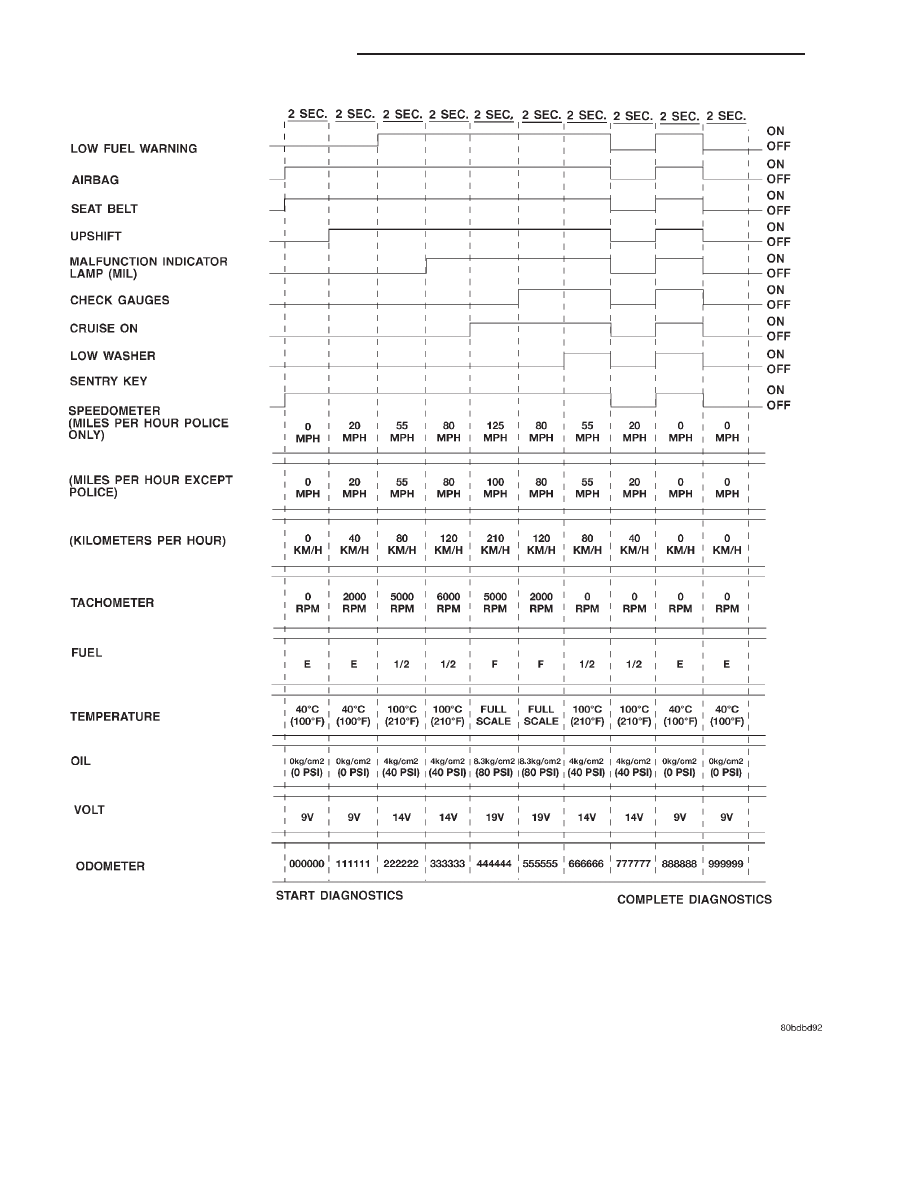Jeep XJ. Manual - part 101

Fig. 2 High-Line Instrument Cluster Actuator Test
8E - 8
INSTRUMENT PANEL SYSTEMS
XJ
DIAGNOSIS AND TESTING (Continued)
|
|
|

Fig. 2 High-Line Instrument Cluster Actuator Test 8E - 8 INSTRUMENT PANEL SYSTEMS XJ DIAGNOSIS AND TESTING (Continued) |